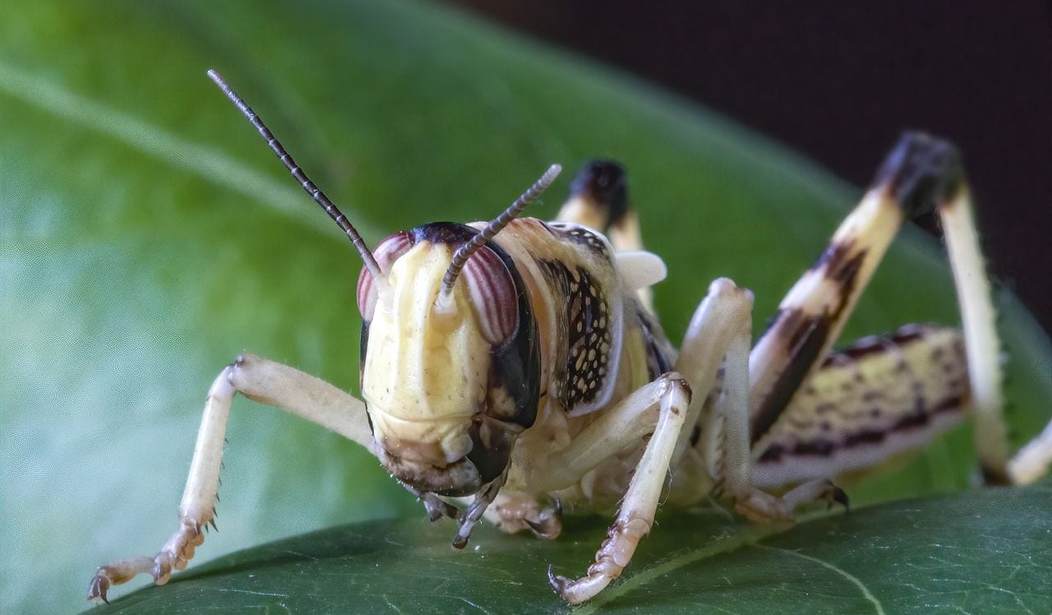Billions of locusts are swarming across East Africa, eating everything in sight and threatening to cause starvation in a region already affected by extreme hunger.
The United Nations says the region “simply cannot afford another major shock.” The locusts have been destroying crops in Kenya after chewing up crops in Somalia and Ethiopia — arguably two of the most desperate nations for food on earth.
Now the “waves and waves of swarms” are spreading further across the region, said Keith Cressman, the U.N. Food and Agriculture Organizations (FAO) senior locust forecasting officer.
“Also over the weekend they moved into northeastern Uganda,” he told a news conference at U.N. headquarters in New York. “We’re expecting any day they will move across the border into the southeast corner of South Sudan,” where another several million people face hunger as the country struggles to emerge from civil war.
A single swarm can contain up to 150 million locusts per square kilometer of farmland, an area the size of almost 250 football fields, regional authorities have said.
A medium-size swarm of the voracious insects can eat the same amount of food as the entire population of Kenya, Cressman said, adding “that swarm in one day can eat the same amount of food as everybody here in the tri-state area (New Jersey, Pennsylvania and New York). So not taking action in time — you can see the consequences.”
More than 10 million people affected by food insecurity are under threat, says the UN. The world body’s humanitarian chief, Mark Lowcock, says the insects appear to be “the most devastating plague of locusts in any of our living memories if we don’t reduce the problem faster than we’re doing at the moment.”
That may be more difficult than you might imagine:
While ground-based pesticide spraying is an ongoing effort, planes dumping pesticides from the air is considered the only effective control. The U.N. has said it will begin testing drones equipped with mapping sensors and atomizers to spray pesticides, Reuters reported.
The U.N. has asked for $76 million in immediate aid. So far just under $20 million is in hand, including $10 million released by Lowcock from the U.N. emergency relief fund and $3.8 million from FAO, officials said. The United States said Monday it has released $800,000 and the European Union has released 1 million euros.
“There is the risk of a catastrophe,” Lowcock said at the briefing. “The response today is not going to work unless there’s a big scale-up.”
As usual, the UN appears to have been behind the curve in getting out in front of the problem. And it doesn’t help that the East African nations have been slow off the mark as well. It appears that unless something drastic is done soon, millions of people will be at risk of starvation and disease.










Join the conversation as a VIP Member